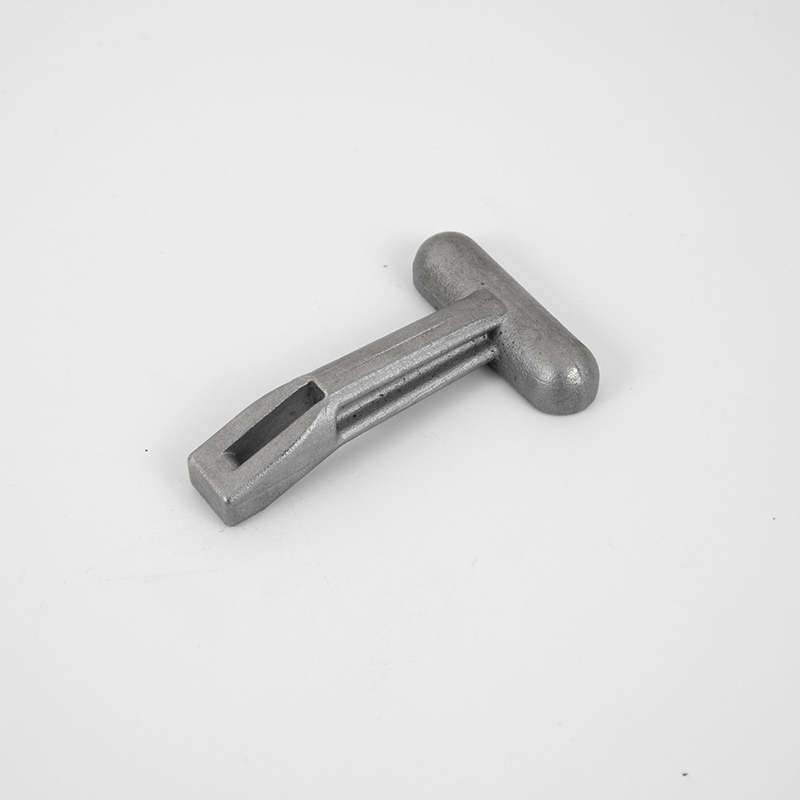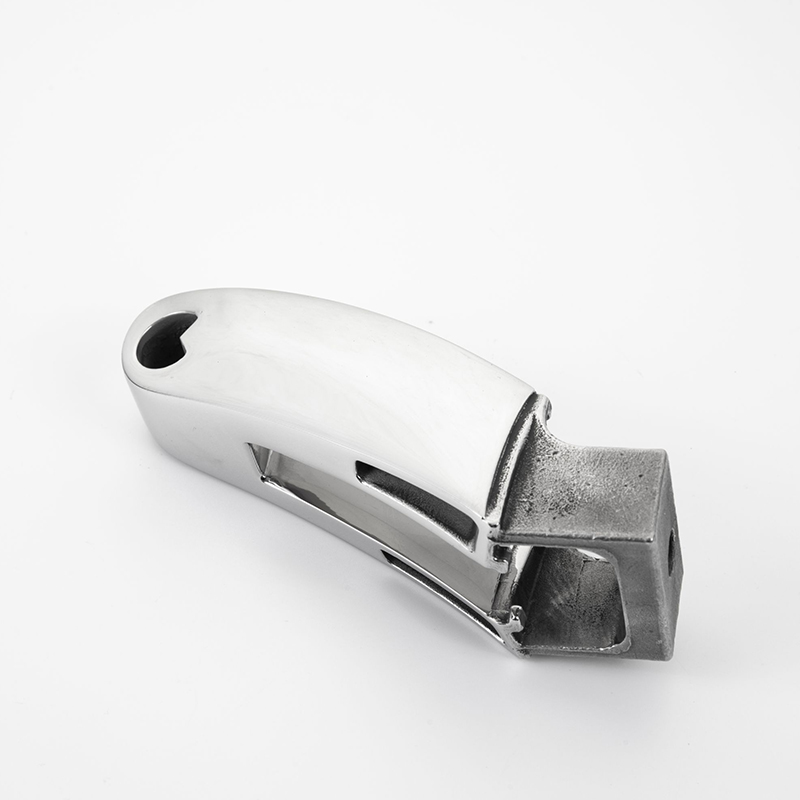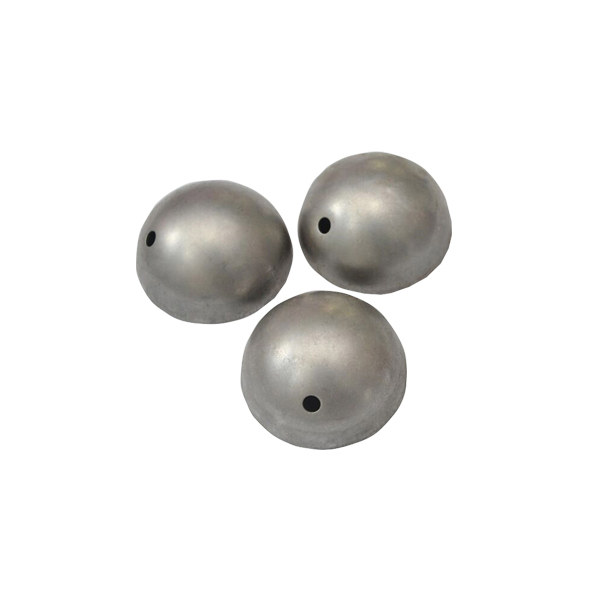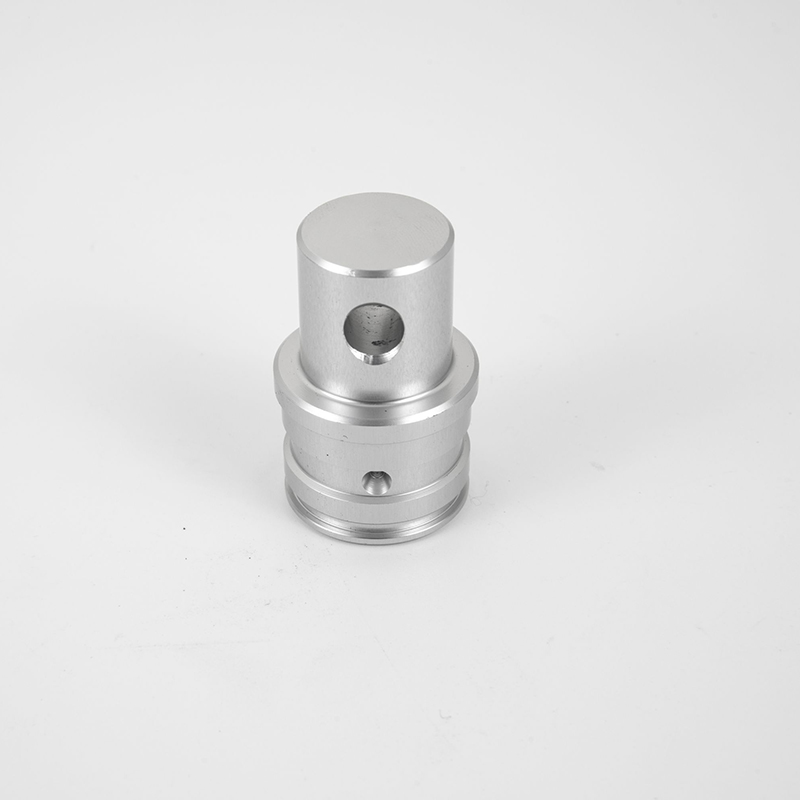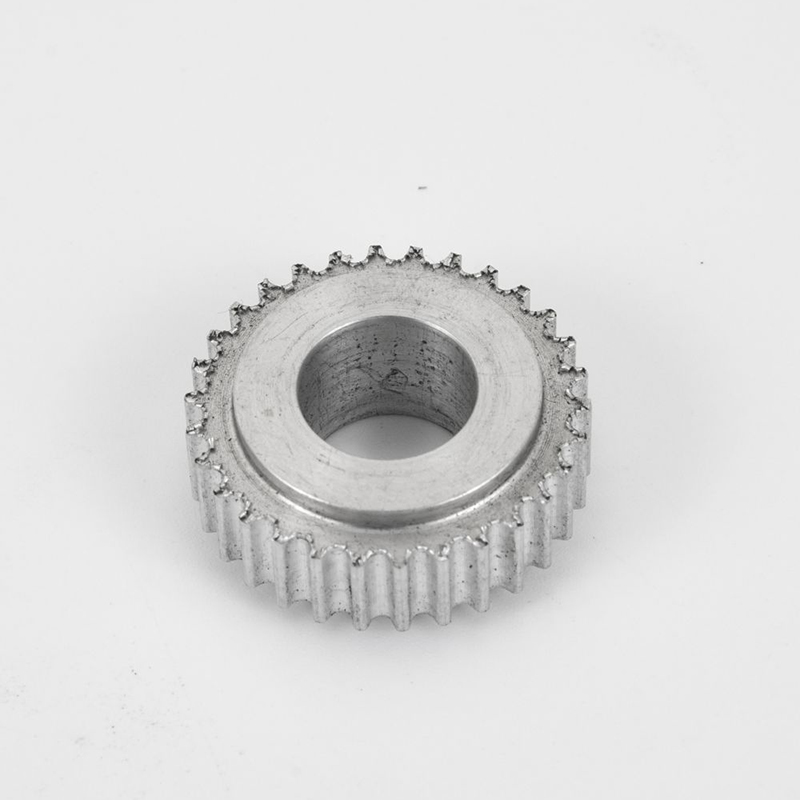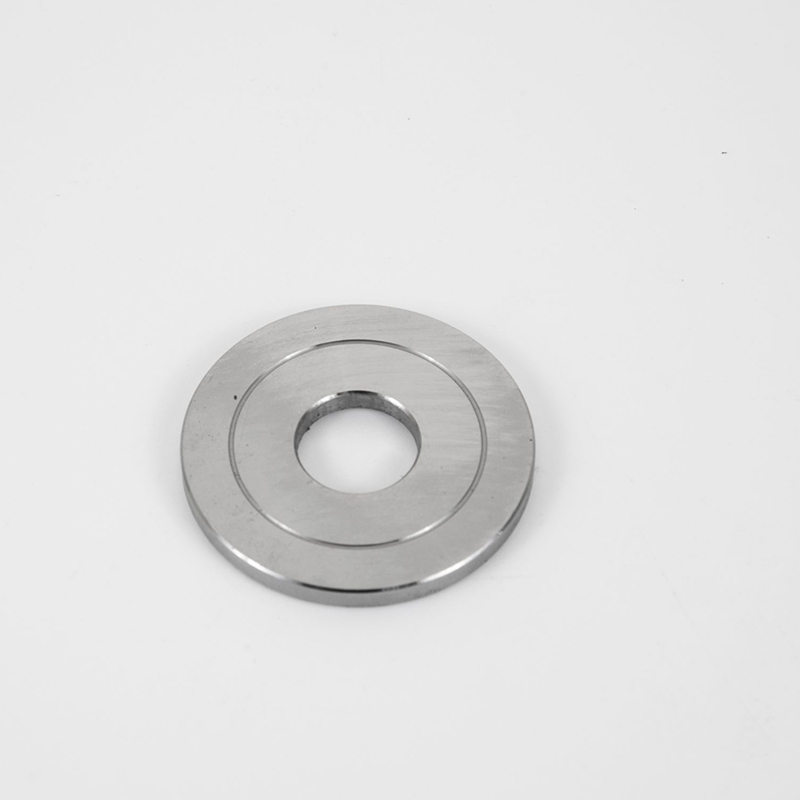Products
CNC Machining
What is the CNC machining?
CNC milling, also known as Computer Numerical Control milling, is a precision manufacturing process that utilizes computerized controls and multi-point cutting tools to shape custom-designed parts. This process is ideal for creating parts with intricate shapes and features, and it is widely used in various industries.
CNC milling machines are equipped with rotary cutting tools that move along multiple axes, allowing them to remove material from a workpiece to achieve the desired shape, including holes and complex geometries. These machines can work with a variety of materials, including metals, plastics, and other materials, making them versatile for a wide range of applications.
At Keming Machine Shop, we offer CNC milling as part of our comprehensive machining services. In addition to CNC milling, we can integrate other processes such as casting, forging, and stamping to provide a one-stop solution for all your machining needs. Our goal is to deliver high-quality products at competitive prices, meeting the diverse requirements of our customers across different industries.
In this article, we will provide a comprehensive overview of CNC milling, covering its definition, working process, types of milling machines, design considerations, and more. Our aim is to offer valuable insights into CNC milling and its applications, helping our customers understand the capabilities and benefits of this advanced manufacturing process.
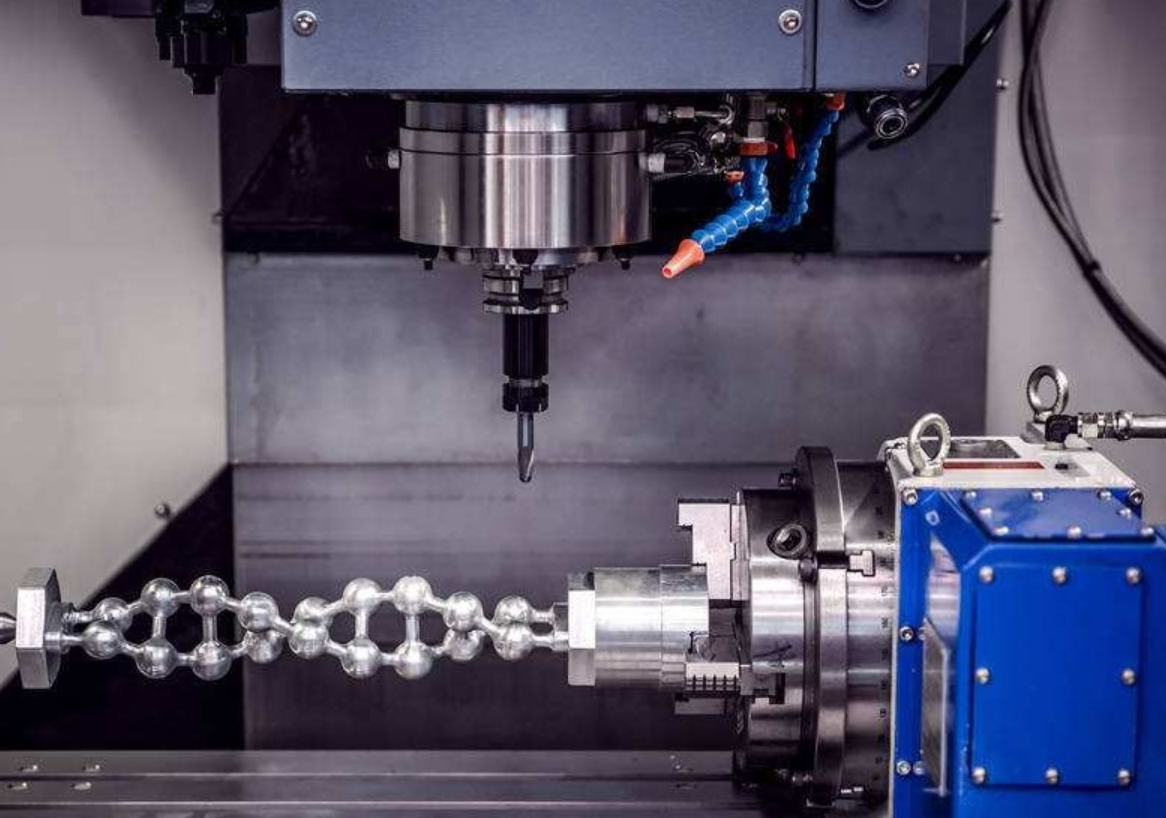
How does CNC Milling work?
CNC milling is a machining process that uses computer-controlled machines to cut and remove material to create a desired shape. The process involves several steps:
Creating a 3D Model: A 3D computer-aided design (CAD) model is created, including details such as size, geometry, and shape. Designers need to consider the capabilities of the CNC milling machines, especially for features like undercuts.
Transforming CAD Designs: The CAD model is used to generate a CNC program using CAM software. This program provides instructions for the CNC machine, controlling the movement of tools and cutters. The program is typically written in G-code and M-code and may include a simulation tool to verify the process.
Preparing the CNC Milling Machine: The CNC program is uploaded into the machine, and the blank material is placed in the holding setup. The machine is equipped with the necessary tools, spindles, and fixtures.
Executing the Milling Process: Once everything is set up, the CNC machine operates independently, following the program to execute the machining tasks on the material. Human involvement is minimal at this stage.
Overall, CNC milling works by using computer control to precisely cut and shape materials according to the specifications provided in the CAD model and CNC program.

Types of CNC Milling Methods
Plain milling, also known as slab milling, is a fundamental CNC milling technique used to create smooth surfaces on workpieces. It involves using a flat cutting tool with multiple blades that rotates while the workpiece remains stationary on the mill table. This method allows for precise material removal and is particularly effective for producing flat, parallel surfaces, grooves, and slots. Plain milling is versatile and can be used for both simple and complex tasks, with the ability to adjust the cutter’s depth and feed rate to achieve the desired finish. In manufacturing, plain milling is essential for achieving accurate finishes and performing tasks such as squaring blocks or cutting keyways. The availability of both vertical and horizontal mills enhances its versatility, making it a crucial technique for achieving precise flat surfaces in various machining operations.
Face milling is a machining technique that focuses on producing flat surfaces using a specialized cutter known as a ‘face mill.’ This method is highly efficient and plays a crucial role in various industries for removing material and achieving smooth surface finishes. The face mill, equipped with multiple cutting edges, rotates on its axis to remove material from the workpiece surface, resulting in a polished finish. It is particularly well-suited for rapidly and accurately creating large flat surfaces. Face milling is highly effective for quick material removal, making it ideal for roughing operations and achieving consistent, refined finishes. Its ability to adjust speed and feed rate allows for precise dimensional control, making it widely used in industries such as automotive, aerospace, and construction for machining engine blocks, aircraft components, and flat mounting surfaces.
Angular milling is a specialized CNC milling technique that focuses on machining at specific angles to create angular features, slots, and grooves. It is particularly important in precision engineering and toolmaking. During angular milling, the workpiece is positioned at an angle on the mill table, allowing the cutter to engage at the required inclination. This method is well-suited for producing components with dovetails, V-grooves, or other angled designs. Angular milling plays a crucial role in industries such as aerospace and specialized tool manufacturing, where precise angular cuts are required. Achieving accurate setup of the workpiece’s angle and selecting the appropriate tools are essential for successful angular milling operations.
Form milling is a distinctive CNC milling method known for its ability to produce intricate shapes and contours with exceptional precision. It involves using custom-designed cutting tools that are shaped to match the desired profile, systematically removing material to create detailed features. This technique is specifically suited for manufacturing components with non-linear or irregular shapes, such as gears, camshafts, and decorative elements. Widely utilized in industries such as automotive, aerospace, and toolmaking, form milling necessitates careful selection of the appropriate tool and programming of the CNC machine to accurately trace the exact contour. Factors such as material selection, tool speed, and feed rates must be carefully considered to achieve optimal results. Form milling plays a vital role in the production of complex, custom components in modern manufacturing processes.
Common CNC Milling Machines
One of the key factors contributing to the popularity of CNC milling in modern manufacturing is its capability to move along multiple axes. This functionality enables the production of intricate designs at faster machining speeds and with fewer operations. CNC milling machines are primarily categorized into three types: vertical CNC milling machines, horizontal CNC milling machines, and multi-axis CNC milling machines.
Vertical CNC Milling Machines
Vertical CNC milling machines are commonly utilized due to their cost-effectiveness and widespread application. These machines operate with the tool moving in an up and down motion, while the machine itself moves along three axes – X, Y, and Z. Typically, it is the workbench that moves, rather than the head. This type of CNC milling machine is generally easier to program, yet it still provides a diverse range of functions.
Horizontal CNC Milling Machines
The milling head of a horizontal CNC milling machine is positioned horizontally, unlike the vertical CNC milling machines where the head moves up and down. Similar to vertical CNC milling machines, horizontal CNC milling machines operate on at least three primary axes. However, horizontal CNC milling machines have the capability to be rotated for creating more intricate designs. Due to their ability to move on up to five axes, they are more costly. Nevertheless, they are better suited for production facilities that manufacture large quantities of identical parts. Programming these machines requires more effort as they necessitate more advanced software.
Horizontal CNC milling machines are typically used for cutting grooves and slots on the product. Additionally, specialized tools are available for cutting bevels and radii, although these tools tend to be more expensive. These machines are well-suited for cutting gear workpieces.
Multi-axis CNC Milling Machines
Multi-axis CNC milling machines are advanced milling machines that are capable of operating on more than four axes, offering increased flexibility and the ability to handle complex tasks. The addition of extra axes results in higher costs, but it also enables the production of superior parts. One of the key advantages of incorporating additional axes is that it allows the milling head to perform more operations within the same space. Multi-axis CNC milling machines are self-sufficient and can handle tasks without requiring manual intervention to reposition them.
3-Axis CNC milling machines are straightforward and effective machines where the workpiece remains fixed in one position. 4-Axis CNC milling machines demand sophisticated software, but they provide enhanced flexibility and production capacity. 5-Axis CNC milling machines have the capability to move cutting tools or workpieces along five axes simultaneously, enabling the manufacturing of a wide range of intricate and precise parts.
Understanding 3-, 4- and 5-Axis Milling Machines
3-Axis CNC Milling Machine
A 3-axis CNC milling machine typically features three axes that move in linear directions, including up and down, front and back, and left and right.
Due to the limitation of processing one face at a time, this type of machine is suitable for machining certain disc-shaped parts. However, it may pose limitations for parts that require the processing of holes or grooves on multiple faces.
4-Axis CNC Milling Machine
A 4-axis CNC milling machine incorporates an additional rotating axis onto the standard 3 axes, typically enabling a 360° horizontal rotation. However, the rotational speed is generally limited, making it suitable for machining certain box-shaped parts.
In addition, most 4-axis CNC milling machines offer the capability for the workpiece to rotate, known as the B-axis, allowing the machine to function as both a milling machine and a lathe.
When it comes to drilling into the side of a part or the curved surface of a cylinder, 4-axis CNC machining is the preferred method. It significantly accelerates the machining process while maintaining high precision.
5-Axis CNC Milling Machine
A 5-axis CNC milling machine features an additional rotating shaft beyond the 4-axis, typically enabling a 360° rotation of the vertical surface. With 5-axis capability, complete processing and single-clamping operations can be achieved, reducing both clamping costs and the risk of product damage.
The exceptional versatility of the 5-axis CNC milling machine makes it well-suited for the production of intricate precision parts. This includes manufacturing components such as medical parts for artificial limbs or bones, aerospace parts, titanium parts, oil and gas machinery parts, military products, and more.
CNC Milling Materials
Metal
CNC milling machines exhibit excellent adaptability for machining metal materials and can effectively process a wide range of metals, including steel, aluminum, copper, and iron. However, different metal materials present distinct characteristics and challenges when being machined using CNC milling machines. For instance, copper boasts good thermal and electrical conductivity but has low hardness, making the tool susceptible to jamming. On the other hand, stainless steel materials have higher hardness and are challenging to machine, often requiring the use of high-speed cutting tools. Overall, CNC milling machines offer high precision and efficiency for machining various metal materials.

Plastic
The CNC milling machine is well-suited for the machining of plastic materials, such as ABS, PC, POM, PVC, and other commonly used plastics. Plastic materials are known for their lightweight nature and corrosion resistance. In comparison to metal materials, plastics have lower hardness, resulting in relatively less challenging machining processes. With the CNC milling machine’s ability to regulate speed, depth, and angle during machining, it enhances precision and efficiency in the machining process.
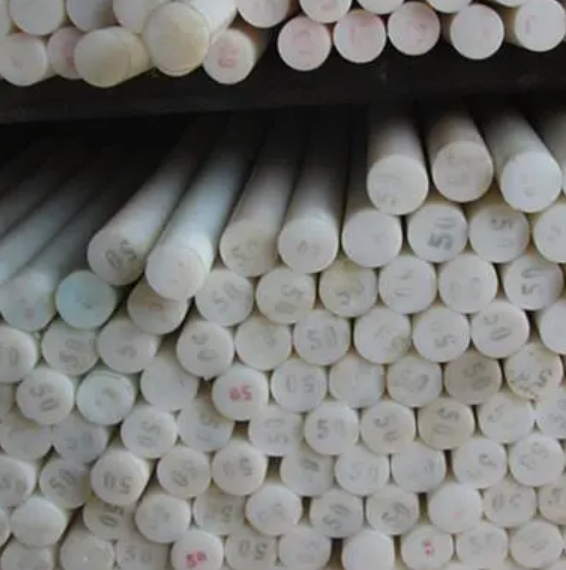
Composite Materials
In recent years, the use of composite materials in industrial production has expanded significantly, leading to increased attention on the machining of these materials using CNC milling machines. Machining composite materials presents greater challenges as traditional processing methods are not suitable for different materials. By controlling the speed and feed speed of the saw blade, CNC milling machines can effectively complete the machining of composite materials. Composite materials are characterized by their lightweight, thinness, and pressure resistance, making them widely utilized in high-tech fields such as aviation, aerospace, and automotive manufacturing.
When selecting materials for CNC milling, several factors should be taken into account. These factors include the machinability of the material, the desired properties for the final product (such as strength, weight, and corrosion resistance), the yield, and the cost of the material.
For instance, if high volume production is required, an easily machinable and relatively inexpensive material would be ideal. Conversely, if the final product needs to possess high strength and corrosion resistance, hard metals or composite materials may be the best choice.
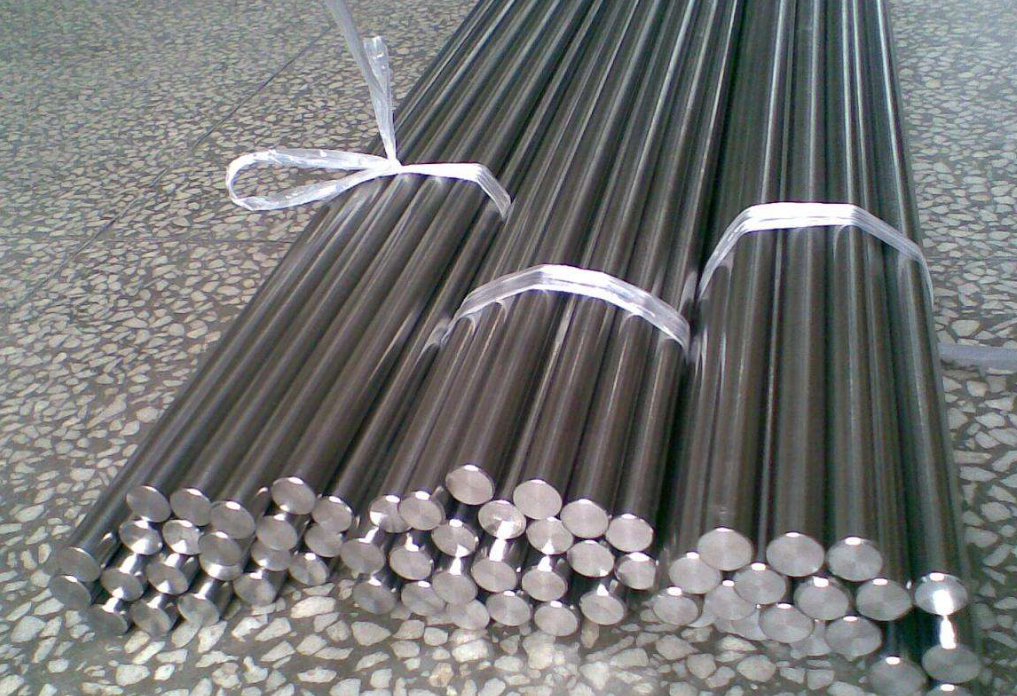
Advantages and Disadvantages of CNC Milling
Advantages of CNC Milling:
High Dimensional Accuracy: CNC milling machines can produce parts with precise adherence to specifications, eliminating the potential for human error and achieving tolerances as low as 0.004 mm.
Fast and Efficient: Unlike conventional milling machines that require manual tool changes, CNC milling machines can automatically switch between up to 30 different tools, enabling quick and efficient cutting operations and faster production times.
Material Versatility: CNC milling machines are capable of machining a wide range of materials, including plastics, metals, and composites, providing flexibility in material selection for manufacturing processes.
Disadvantages of CNC Milling:
High Machine Cost: The initial investment for CNC milling machines is higher than that for traditional manual equipment, potentially increasing overall manufacturing costs.
Intensive Operator Training: Proper operation of CNC milling machines requires comprehensive training for designers, programmers, and machine operators to optimize the manufacturing process.
High Maintenance Requirements: CNC milling machines necessitate frequent maintenance to ensure proper operation and extend tool life, leading to increased downtime during machine use.
Substantial Equipment Cost: The initial investment required for CNC milling machines is greater than that for traditional manual equipment, potentially leading to higher overall manufacturing expenses.
Extensive Operator Training: Operating a CNC milling machine requires comprehensive training for designers, programmers, and machine operators to maximize the efficiency of the process.
Elevated Maintenance Needs: Regular maintenance of milling machines is essential to ensure their proper functioning and prolong the lifespan of tools, resulting in increased downtime during machine usage.
How to Design parts for CNC Milling?
Principles for Designing Parts for CNC Milling:
Understand CNC Milling Capabilities: Prior to designing parts for CNC milling, it is essential to have a comprehensive understanding of the capabilities and constraints of CNC machines. Familiarize yourself with the range of CNC milling machines, tooling options, and compatible materials. This knowledge will enable informed decision-making during the design phase and facilitate the optimization of designs for efficient machining.
Design for Machinability: Design parts with manufacturability in mind, considering factors such as tool access, toolpath optimization, and material selection. Avoid intricate or sharp internal corners that may pose challenges for machining or necessitate specialized tooling. Utilize standard tool sizes and toolpaths whenever feasible to minimize machining time and tool wear. Additionally, consider the sequence of machining operations to ensure stability and accuracy throughout the process.
Tolerances and Surface Finish: Clearly define the required tolerances and surface finish for your part. While CNC milling can achieve tight tolerances and superior surface finishes, these factors impact machining time and cost. Communicate your tolerance requirements effectively on the design drawings and weigh the trade-offs between tighter tolerances and increased machining complexity. Note that achieving high surface finishes may entail additional tooling or post-machining processes.
Material Selection: Select the appropriate material for your part based on its mechanical properties, environmental conditions, and application requirements. Different materials exhibit varying machinability characteristics, so consider how your material choice will influence the machining process. Consult with your CNC machining provider to ensure the selection of the most suitable material for your project.
Design for Tool Access: Consider tool access when designing your part. CNC milling machines have limitations in terms of tool reach and clearance, particularly for complex geometries. Avoid deep pockets or features that may necessitate long tool extensions, as these can result in tool deflection and reduced accuracy. Consider breaking down complex parts into multiple simpler components, which can be machined more easily and assembled later.
Minimize Material Waste:
When designing parts for CNC milling, aim to minimize material waste, which not only reduces material costs but also has environmental benefits. Employ efficient nesting and placement of parts within the raw material stock to optimize material utilization. Design parts with features that facilitate efficient scrap removal during machining. Additionally, consider utilizing pre-cut or pre-sized material stock to minimize waste and decrease machining time.
For enhanced support in designing parts for CNC milling, consider utilizing CAD (Computer-Aided Design) software that integrates with CAM (Computer-Aided Manufacturing) capabilities. This integration enables the generation of toolpaths directly from your design, ensuring seamless communication between the design and manufacturing processes.
Effective collaboration between designers and CNC machining experts, such as CFS Machine Shop, is crucial for optimizing part designs for CNC milling. Involving your machining provider early in the design process can lead to more efficient and cost-effective solutions while ensuring that your final product meets the required quality and performance standards.
CNC Milling Applications
CNC milling is a precision machining technique that utilizes CNC machine tools and computer control systems to achieve high precision in shaping and surface accuracy of workpieces. It offers advantages such as high efficiency, accuracy, and flexibility, making it widely applicable in machinery manufacturing, aerospace, mold manufacturing, automobile manufacturing, and various other fields.
In mechanical manufacturing, CNC milling is utilized for producing a wide range of mechanical parts, including bearing seats, flanges, gears, and keyways. By configuring appropriate machining parameters, it can achieve high precision size and shape requirements, thereby enhancing the precision and quality of parts.
In the aerospace industry, CNC milling plays a crucial role due to the high machining requirements for parts, necessitating high precision and complex shapes. CNC milling enables precise control of the milling cutter’s motion path on the workpiece through computer control systems, facilitating the machining of complex surfaces, thin-walled structures, and other shapes, ultimately enhancing part performance and safety.
Mold manufacturing also extensively relies on CNC milling, particularly for achieving highly accurate machining. For instance, in plastic injection mold manufacturing, CNC milling can accomplish complex cavity structures and molds with high surface quality requirements. Similarly, in the machining of multi-axis compound stamping dies, CNC milling can meet the demands of complex curves and high precision.
Furthermore, CNC milling finds application in automobile manufacturing, especially for machining complex curved parts in modern lightweight car designs. It enables the machining of complex surfaces and lightweight designs by processing materials such as aluminum alloy and titanium alloy, thereby improving the performance and reliability of auto parts.
Additionally, CNC milling is widely employed in electronic products, optical instruments, medical equipment, and other fields. It is often required for high precision shell processing of electronic products like mobile phones and tablet computers. Moreover, CNC milling meets the precision and surface quality requirements of optical instruments and medical equipment.
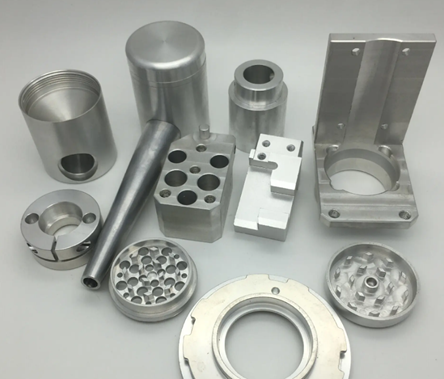
What are we service for?
Keming Machine Shop, a leading CNC machining manufacturer, specializes in providing precision CNC milling solutions for a diverse array of custom metal parts. With our in-house CNC milling machines and skilled team, we guarantee high-quality outcomes featuring tight tolerances and efficient production processes.
Whether your requirements involve aerospace components, automotive parts, medical device prototypes, or tailored machining solutions, we possess the expertise and resources to fulfill your needs effectively.
If you are seeking CNC machining services in China, we encourage you to reach out to us today. Let us serve as your dependable partner in precision machining, delivering exceptional results that meet your exact specifications and expectations.
- View as
Aluminum CNC Machining
You can rest assured to buy customized Aluminum CNC Machining from us. We look forward to cooperating with you, if you want to know more, you can consult us now, we will reply to you in time!Aluminum CNC machining is the process of using a computer-controlled machine to remove material from a block of aluminum to create a finished part. CNC machines use a variety of cutting tools, including drills, end mills, and lathes, to accurately shape aluminum into complex parts with high precision and repeatability.
Metal CNC Machining
You are welcomed to come to our factory to buy the latest selling, low price, and high-quality Metal CNC Machining. We look forward to cooperating with you.Metal CNC machining is a computer-controlled process used to manufacture precise metal components from raw metal materials. CNC machining involves advanced software, specialized machinery, and highly skilled operators to produce complex, tightly toleranced parts and components.
Steel CNC Machining
As the professional manufacturer, we would like to provide you high quality Steel CNC Machining. And we will offer you the best after-sale service and timely delivery.Steel CNC machining refers to the process of creating or manufacturing steel components using Computer Numerical Control (CNC) machines. These machines use pre-programmed instructions to control the movements of cutting tools, drills, and milling machines to produce precise and complex steel components.
